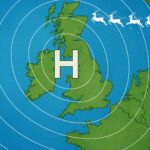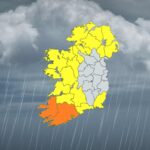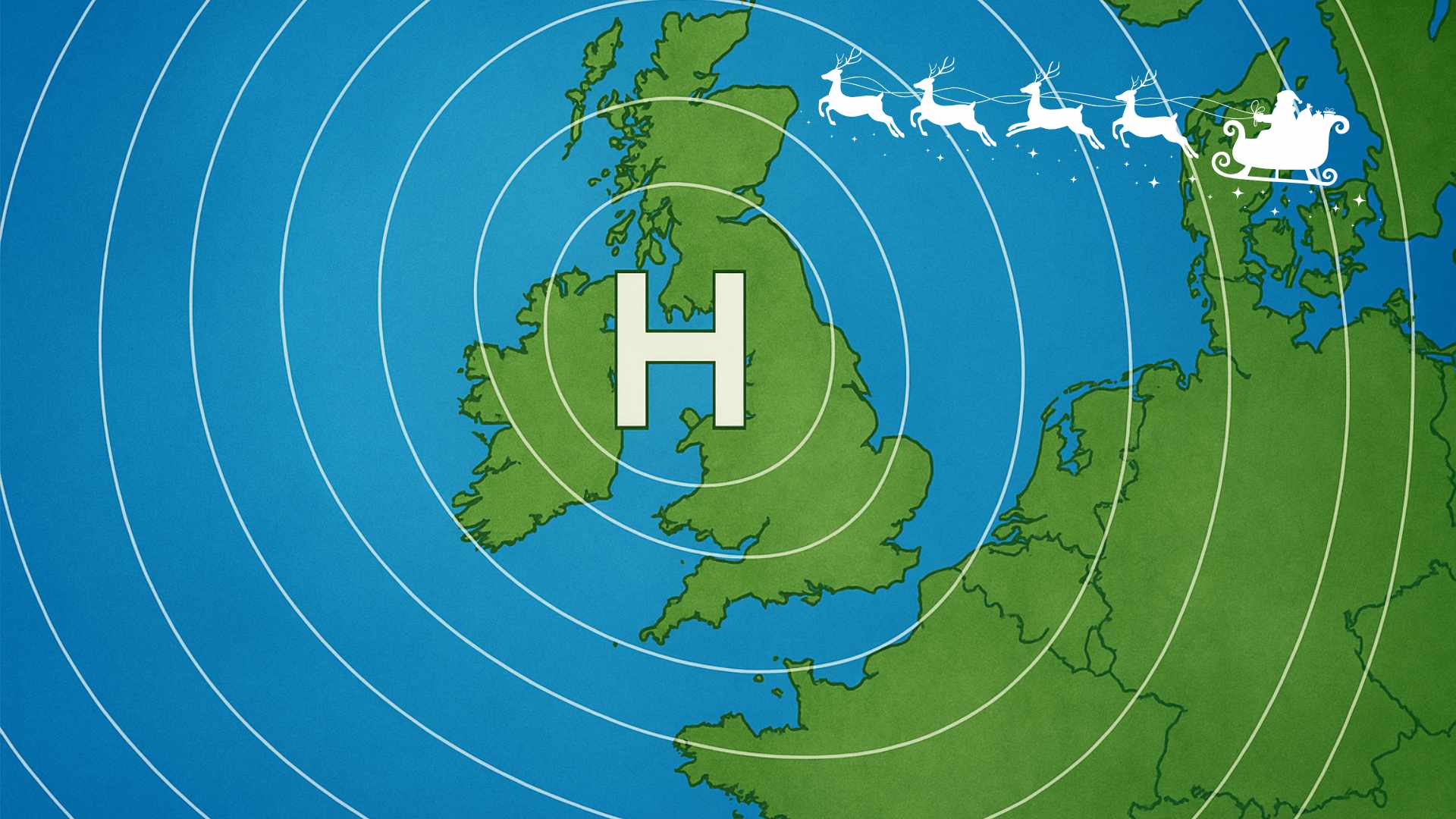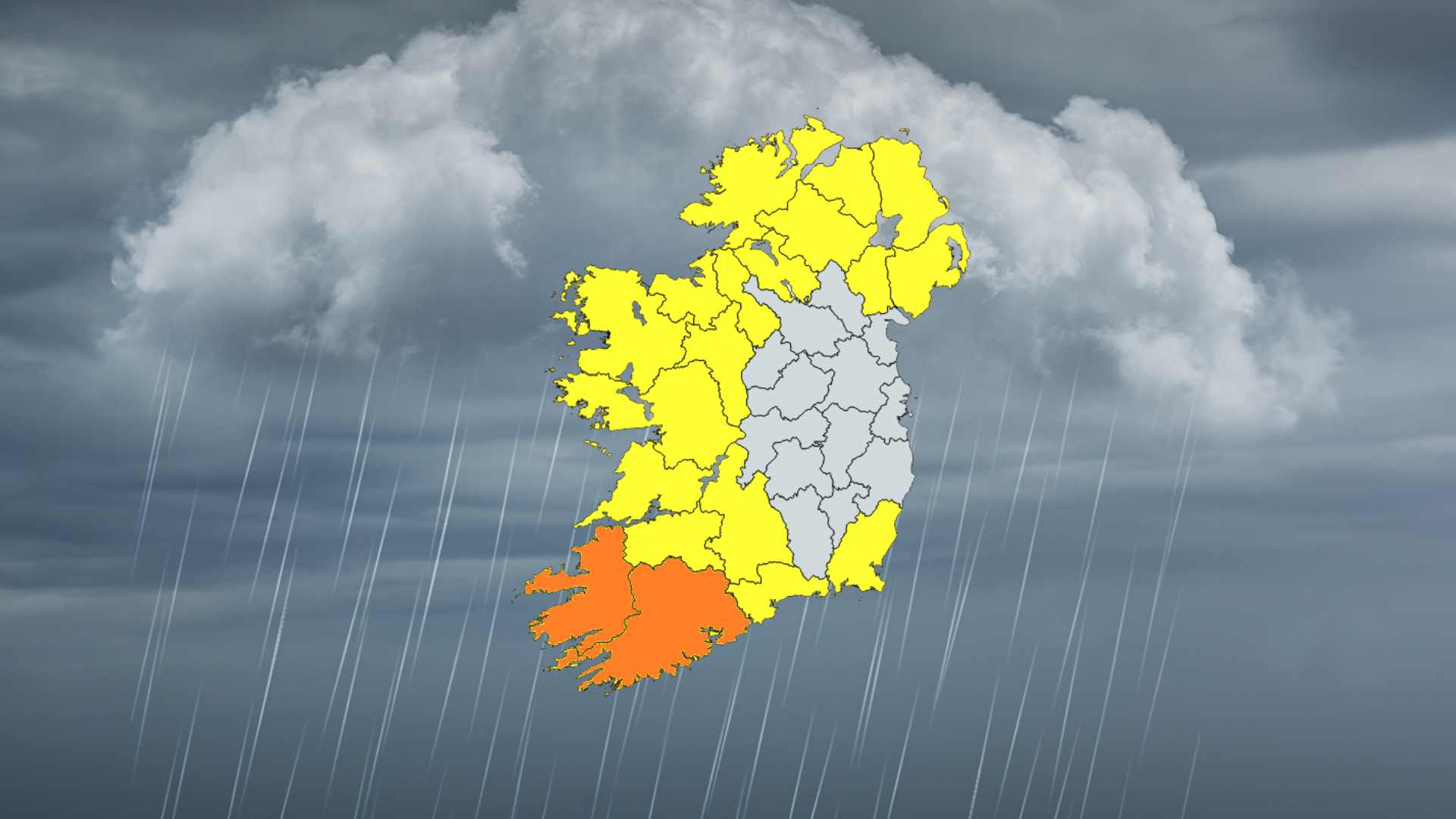
Europe launches new weather satellite
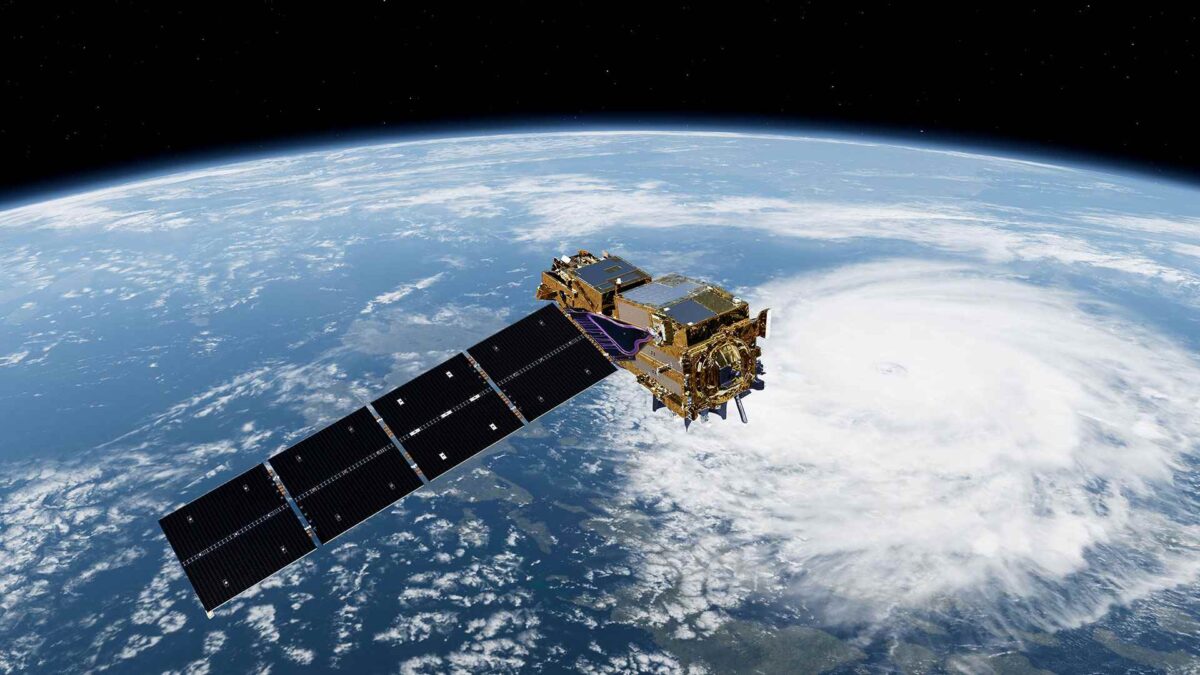
A new European weather satellite designed to deliver more precise forecasts and earlier warnings of extreme weather has been launched from French Guiana.
Metop Second Generation A1 (Metop-SGA1), which also carries the European Union’s Copernicus Sentinel-5 mission, lifted off on an Ariane-62 rocket from Kourou on Wednesday. It is the first in a new series of polar-orbiting satellites under the EUMETSAT Polar System – Second Generation (EPS-SG) programme.
Now in orbit about 800km above Earth, Metop-SGA1 will provide high-resolution observations to improve short- and medium-term weather models used for forecasts from 12 hours to 10 days ahead. Data from its six instruments will help meteorologists warn earlier of storms, heatwaves and other hazards, and will support sectors from farming to energy supply and transport.
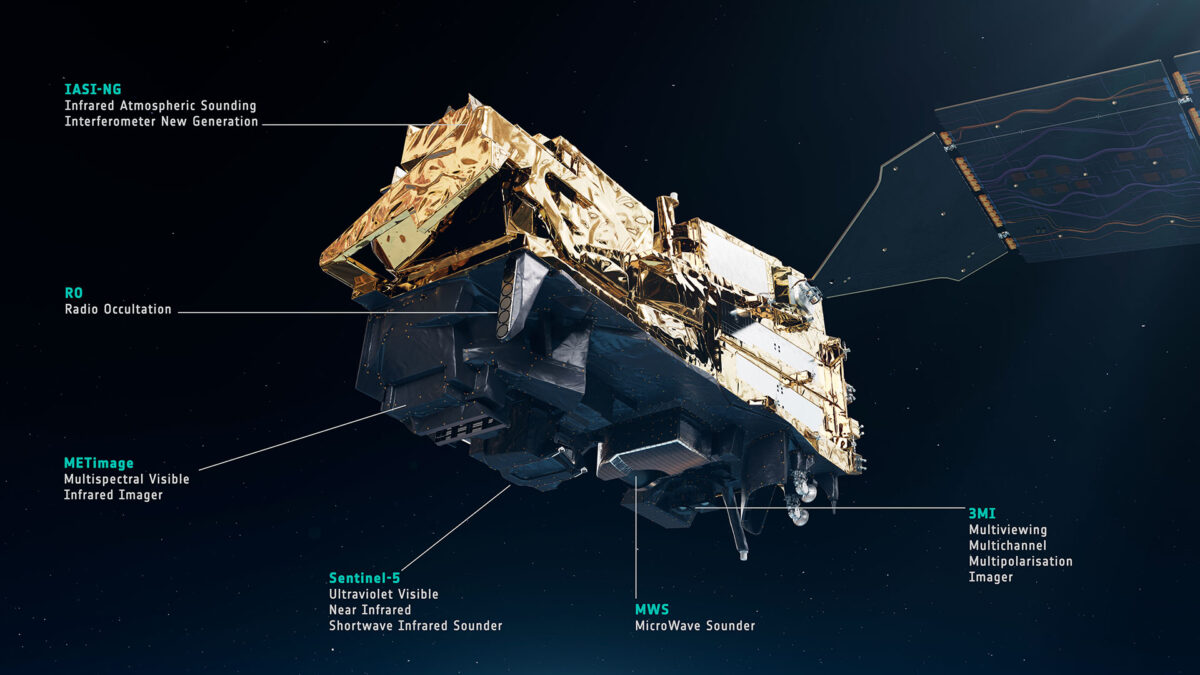
Image: ESA/ATG medialab
EUMETSAT director-general Phil Evans said the satellite will give national weather services “sharper tools to save lives, protect property, and build resilience against the climate crisis” and represents Europe’s first contribution to the Joint Polar System with the United States’ National Oceanic and Atmospheric Administration (NOAA).
More than 95 per cent of the data used in numerical weather prediction comes from satellites, a figure set to rise with the Metop-SG series. Over the next two decades, three pairs of Metop-SG satellites will circle the planet 14 times a day, gathering data on the atmosphere, oceans, ice sheets and land surfaces.
Metop-SGA1’s payload includes the Infrared Atmospheric Sounding Interferometer – New Generation, the METimage visual and infrared imager, a microwave sounder, a radio occultation sounder and the Multi-Viewing, Multi-Channel, Multi-Polarisation Imager, which will improve monitoring of aerosols and cloud properties. Sentinel-5 will supply detailed data on air quality and trace gases that affect human health and climate.
The programme is a collaboration between EUMETSAT, the European Space Agency, the European Union’s Copernicus programme, CNES, DLR, Airbus and Thales Alenia Space, involving more than 110 companies across 17 European countries.
Share this WeathÉire story: